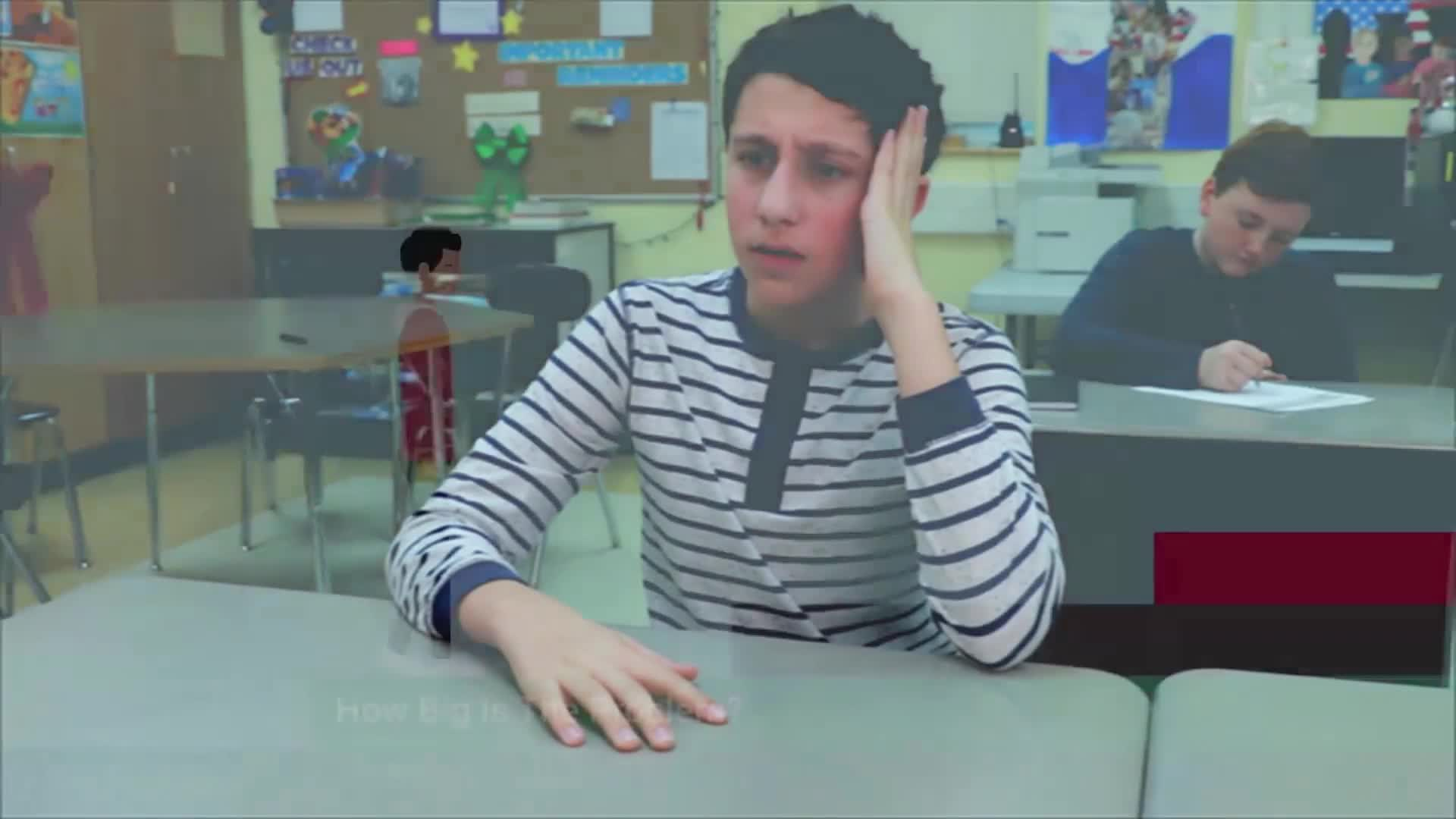Introduction
Teaching problem-solving skills to elementary students can be a challenging task. As educators, we strive to teach our students how to navigate through everyday challenges and make good decisions. One effective way to teach problem-solving skills is through the use of games. In this blog post, we will introduce you to the Solve It game, a step-by-step approach to solving problems that can be easily integrated into your classroom. The game will help students learn to identify problems, determine their severity, brainstorm solutions, and evaluate the effectiveness of their chosen solution.
No-Prep Activity
Here’s a no-prep activity that you can use to introduce the Solve It game to your students. Start by presenting a common, everyday problem to the class. For example, “You forgot your lunch at home.” Then, guide the students through the steps of the Solve It game as follows:
- Identify the problem: Ask the students to state the problem clearly. In this case, the problem is that they forgot their lunch at home.
- Figure out how big the problem is: Ask the students to determine the severity of the problem. Is it a minor inconvenience or a major issue? In this example, it is a moderate problem as they will be hungry without lunch.
- Think of possible solutions: Encourage the students to brainstorm different solutions to the problem. For example, they could borrow money from a friend to buy lunch, ask a teacher for help, or wait until they get home to eat.
- Pick a solution: Have the students choose the best solution from the list, considering the pros and cons of each option.
- Try the solution and reassess: Ask the students to imagine implementing their chosen solution and evaluate its effectiveness. If the solution works, the problem is solved. If not, they can try another solution from the list.
By going through these steps, students will learn to approach problems methodically and develop their problem-solving skills.
Discussion Questions
- What are some other everyday problems students might encounter, and how can they use the Solve It game to address them?
- How might the Solve It game be adapted for different age groups or learning styles?
- Why is it important to teach problem-solving skills to elementary students, and how will these skills benefit them in the future?
- How can educators encourage a growth mindset when teaching problem-solving skills?
- What are some ways to integrate the Solve It game into existing classroom activities or curriculum?
Related Skills
In addition to problem-solving, there are several other skills that can be developed through the Solve It game. These include:
- Communication: Students will learn to express their thoughts and ideas clearly when discussing problems and solutions.
- Collaboration: By working together to solve problems, students will develop teamwork and cooperation skills.
- Critical thinking: Evaluating the pros and cons of different solutions will help students hone their critical thinking abilities.
- Decision-making: Choosing the best solution from a list of options will teach students to make informed decisions.
- Resilience: Learning to try different solutions when the first one doesn’t work will help students build resilience and adaptability.
Next Steps
If you’re interested in incorporating the Solve It game and other social-emotional learning activities into your classroom, we encourage you to sign up for free samples of these resources. By incorporating these strategies into your teaching, you can help your students develop the skills they need to navigate the challenges of everyday life and become more confident, capable individuals.










